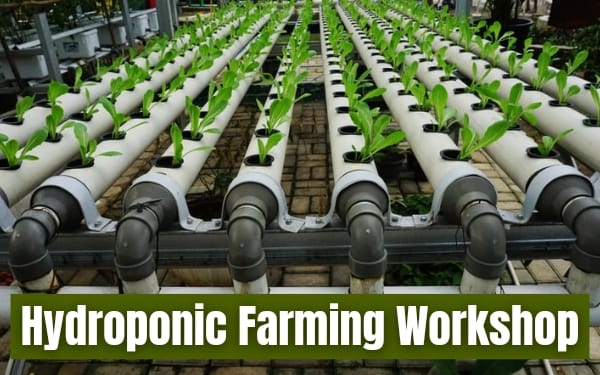This Desi Cow Farm Makes ₹1 Lakhs/Day
Imagine waking up to the fresh aroma of desi cow milk, delivered straight from the farm to your doorstep—untouched by middlemen, packed with nutrition, and rich in tradition. This isn’t just a dream but a reality for a successful Indian dairy farm that has cracked the code for profitable and sustainable dairy farming.
This farm, home to 200+ desi cows, isn’t just about milk production; it’s a story of passion, innovation, and a deep respect for India’s native cattle breeds. Let’s take a closer look at how this farm thrives and what makes it stand out in the dairy industry.
Why Desi Cows? More Than Just Milk
Not all milk is the same, and this farm understands that well. Instead of opting for foreign breeds, they focus on four robust Indian breeds—Raathi, Sahiwal, Khillar, and Gir. Why? Because desi cows offer unique advantages: A2 Protein-Rich Milk – Easier to digest and packed with health benefits. Naturally Disease-Resistant – Lower medical costs and stronger immunity. Adapted to Indian Conditions – Low maintenance and high productivity. With these cows, the farm produces 1,000 liters of milk daily, sold directly to customers at ₹99 per liter. No middlemen, no dilution—just pure, farm-fresh goodness.
Behind the Scenes: A Day on the Farm
Ever wondered what goes into running such a large-scale dairy farm? Let’s walk through a typical day.
Morning Routine
Cows wake up to a balanced diet of Total Mixed Ration (TMR), ensuring they get all the essential nutrients. The automated milking system gets to work, milking 12 cows every 5 minutes, ensuring hygiene and efficiency.
Comfort & Care
The cows enjoy massage rollers (yes, you read that right!) to keep them stress-free. Salt licks are provided to boost their mineral intake and overall health. A well-ventilated, spacious environment keeps them happy and productive.
Strict Hygiene Standards
The farm follows rigorous cleanliness protocols to prevent diseases. RO-purified drinking water ensures optimal health for the cows. It’s a farm where science meets tradition, ensuring the cows are not just productive but also well cared for.
The Business Model: How This Farm Makes ₹1 Lakh/Day
Unlike conventional dairy farms that rely on bulk sales to big dairy companies, this farm follows a farm-to-home model. Direct Sales = Higher Profits – By delivering fresh milk straight to customers, the farm eliminates middlemen, keeping profits within the business. Beyond Just Milk – The farm also sells dahi (yogurt), paneer, and ghee, adding more revenue streams. Smart Marketing – They use their own mobile app and social media to connect with customers and take orders. The result? A daily income of ₹1 lakh—proving that a well-planned dairy farm can be highly profitable.
Lessons from This Success Story
What can aspiring dairy farmers learn from this model? Here are some key takeaways: Focus on Native Breeds – Desi cows are healthier, more resilient, and produce premium-quality milk. Quality Over Quantity – A well-maintained, happy cow gives better milk. Go Direct-to-Consumer – Cut out middlemen and create a loyal customer base. Use Technology – Automate milking, track sales, and market digitally. Market Research is Key – Know your audience before starting a dairy business.
Final Thoughts: Is This the Future of Dairy Farming?
This farm is proving that traditional dairy farming, when done right, can be both profitable and sustainable. By focusing on quality, customer trust, and innovation, they have created a blueprint for modern dairy success. Could this be the future of dairy farming in India? If more farmers adopt this model, we could see a revolution in how milk is produced and consumed. Would you buy milk directly from a farm like this? Let us know in the comments!













